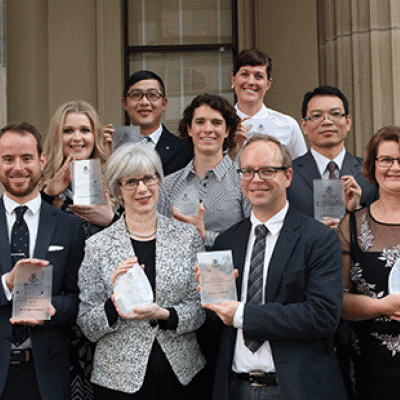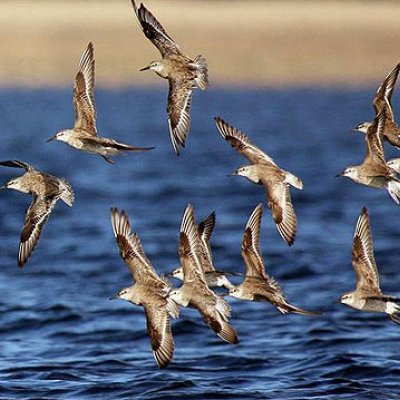For the first time, researchers have revealed how a person’s genes can play a part in their enjoyment of nature, potentially changing the way we look at our affinity with the natural world.
4 February 2022Public use of parks and reserves increased only slightly during last year’s COVID-19 national lockdown despite gyms and sports facilities shutting down, a University of Queensland study found.
28 May 2021As the world looks to tighten up the illegal capture of wildlife, migratory birds are being threatened by widespread and unsustainable hunting across the Asia-Pacific region.
21 May 2020Crowdfunding is helping to protect endangered species such as the African elephant, the black rhinoceros and the Bornean orangutan.
29 May 2018Ice-free areas of Antarctica – home to more than 99 per cent of the continent’s terrestrial plants and animals – could expand by more than 17,000km2 by the end of this century, a study published today in Nature reveals.
28 June 2017An international team of citizen scientists and researchers has identified a major contributor to the dramatic decline of migratory shorebird populations in Australia.
11 April 2017Climate change could make much of the Arctic unsuitable for millions of migratory birds that travel north to breed each year, according to a new international study published today in Global Change Biology.
20 July 2016People who visit parks for 30 minutes or more each week are much less likely to have high blood pressure or poor mental health than those who don’t, according to new research by Australian and UK environmental scientists.
24 June 2016How do you reconcile the recreational needs of a city of two million people with the protection of migratory birds recovering after journeys half way around the planet?
22 April 2016Global climate change resembles a room of second-hand smoke, new research has found, with countries emitting the least amount of gasses suffering the most.
8 February 2016University of Queensland scientists are calling for greater international collaboration to save the world’s migratory birds, with research finding more than 90 per cent of species are inadequately protected due to poorly coordinated conservation...
4 December 2015Research into areas as diverse as avocados, batteries and climate change has shared in a $515,182 total pool in The University of Queensland’s Research Week awards.
16 September 2015Millions of shorebirds and some species could be lost as sea levels rise in coming decades, say UQ scientists who are working as part of an international environmental team.
6 May 2013New research on the extent of Australia’s biodiversity’s decline has found that threatened species are impacted by multiple stressors, especially too little — or too much fire, and introduced plants and animals.
18 April 2011A new article in the international scientific journal Conservation Biology shows that Australia’s most endangered species are extremely poorly represented in the nation’s protected area system.
3 November 2010

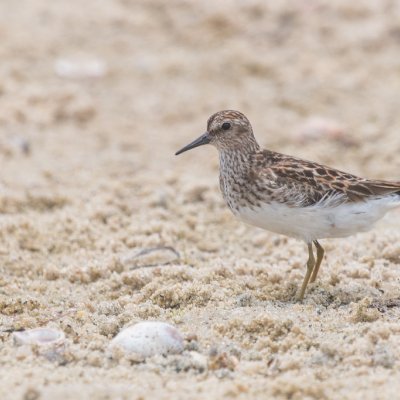
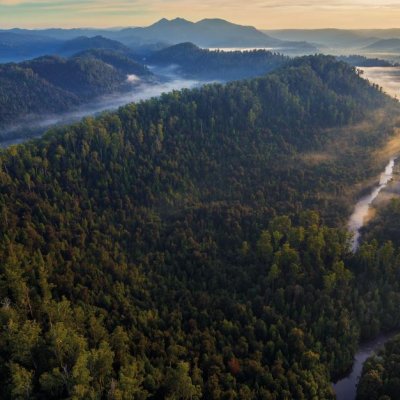
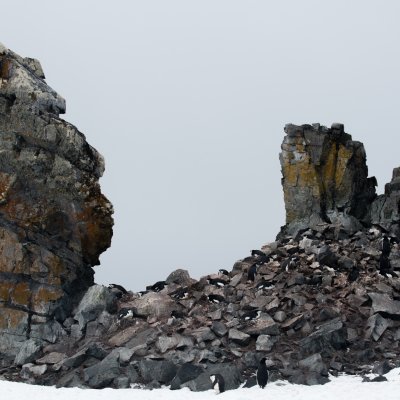
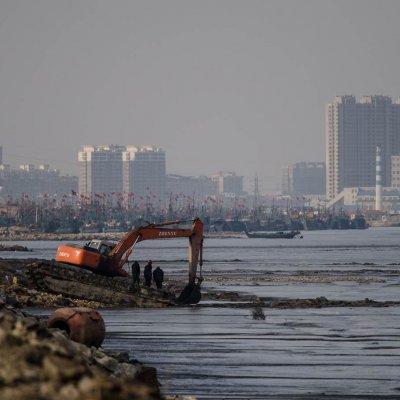
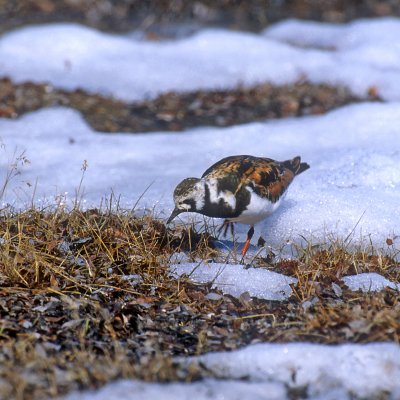
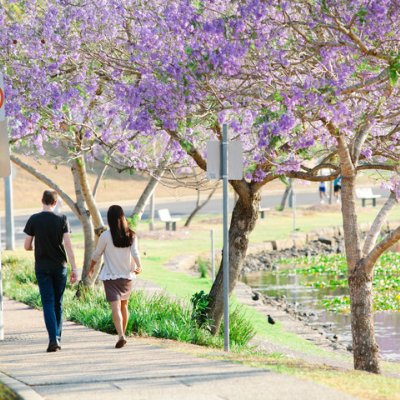
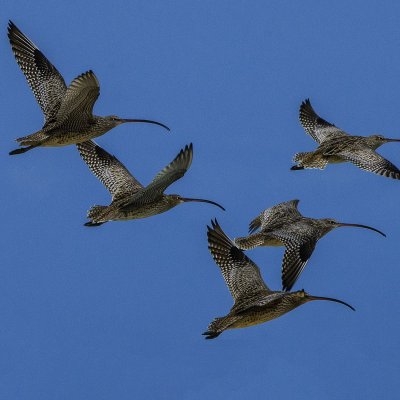
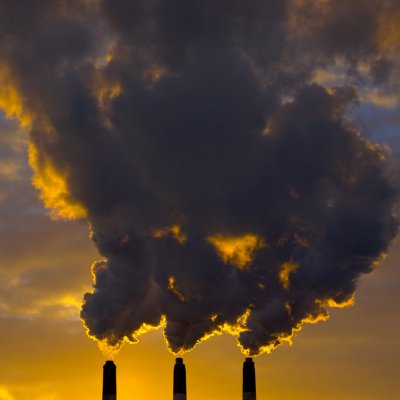
.jpg?itok=LrxrnD_s)
